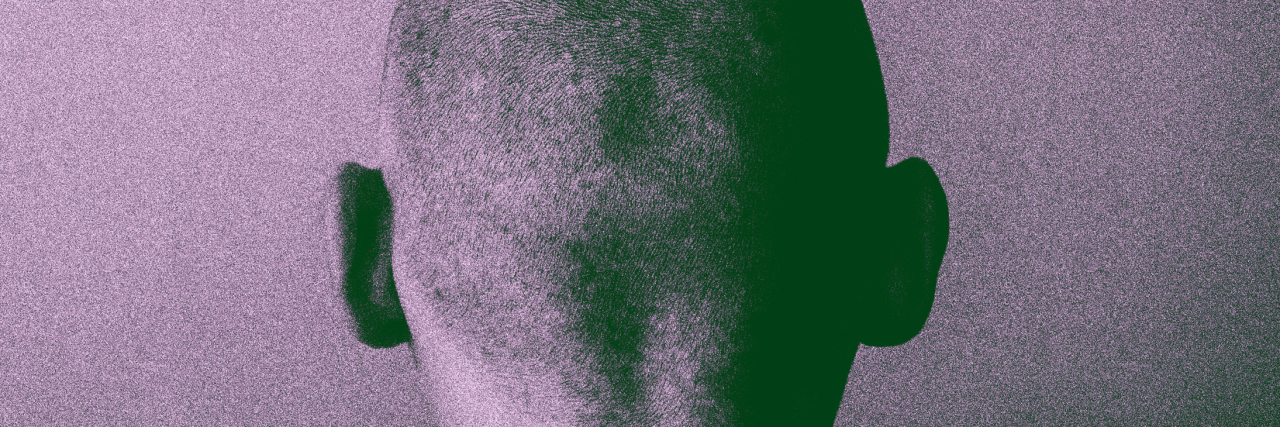How are your thoughts and feelings impacting your future self?
One thing I think about often is the relationship between the mind and the body. For example, when I have the experience of physically not being able to do something, I have all sorts of thoughts and feelings and reactions to the physical limitation. I start to wonder what is causing it, if this is the way it’s going to be going forward, if there’s anything I can do about it, how to adapt to another new limitation, etc.
My process has become more pragmatic over time. I have had a lot of experiences of having to adjust to a new normal. But when I am spending a lot of time thinking about these days, is how my thoughts and feelings are impacting my future self, including my future physical self.
About a year ago, I went to one of Dr. Joe Dispenza’s workshops. I learned about a new type of meditation that is intention-based. It’s all about creating the reality that you want internally before it exists in the physical world because our minds don’t know the difference between the two.
It’s not about being in denial. It’s about challenging our own limitations and our own capacities. One of the meditations that I do is called “Reconditioning the Body to a New Mind.” There are a series of prompts where you’re asked to imagine and feel what it would be like to have an unlimited mind or to have courage, or gratitude.
It’s not an intellectual exercise. The challenge is to think it, envision it, and feel it as though it’s actually happening. This process has taken meditation to a whole other level for me, from quieting the mind to being proactive in creating a new reality.
It challenges the skeptical part of me. It challenges the hopeless part of me. It challenges the passive part of me. It takes me out of my comfort zone. Many days when I do the meditation, it’s hard to really connect on a visceral level but other days I’m able to connect much more and it feels really good.
It makes me feel hopeful and empowered about taking a more active role in my future self. It forces me to assess my automatic thoughts and beliefs that may be contributing to keeping me stuck in habitual ways of being that don’t serve me. When you’re dealing with a chronic health condition, there is enough of a challenge already.
The Buddhist parable of the two arrows is about how the first arrow is what life flings at us, and what we cannot control. This first arrow hurts but it doesn’t kill us. The second arrow is our minds’ reactions to the first arrow, wishing it didn’t happen, wanting it to be different, fear, anxiety, etc.
It’s the second arrow that makes the pain unbearable. It’s also the second arrow that we have control over. That is essentially what I’m working with in my meditations, trying to become increasingly aware of my second arrow so that I have more control over it. It’s a work in progress and always will be.
Getty Image by yngsa
This story originally appeared on Chronic Illness Therapy.

